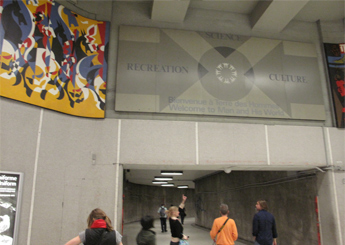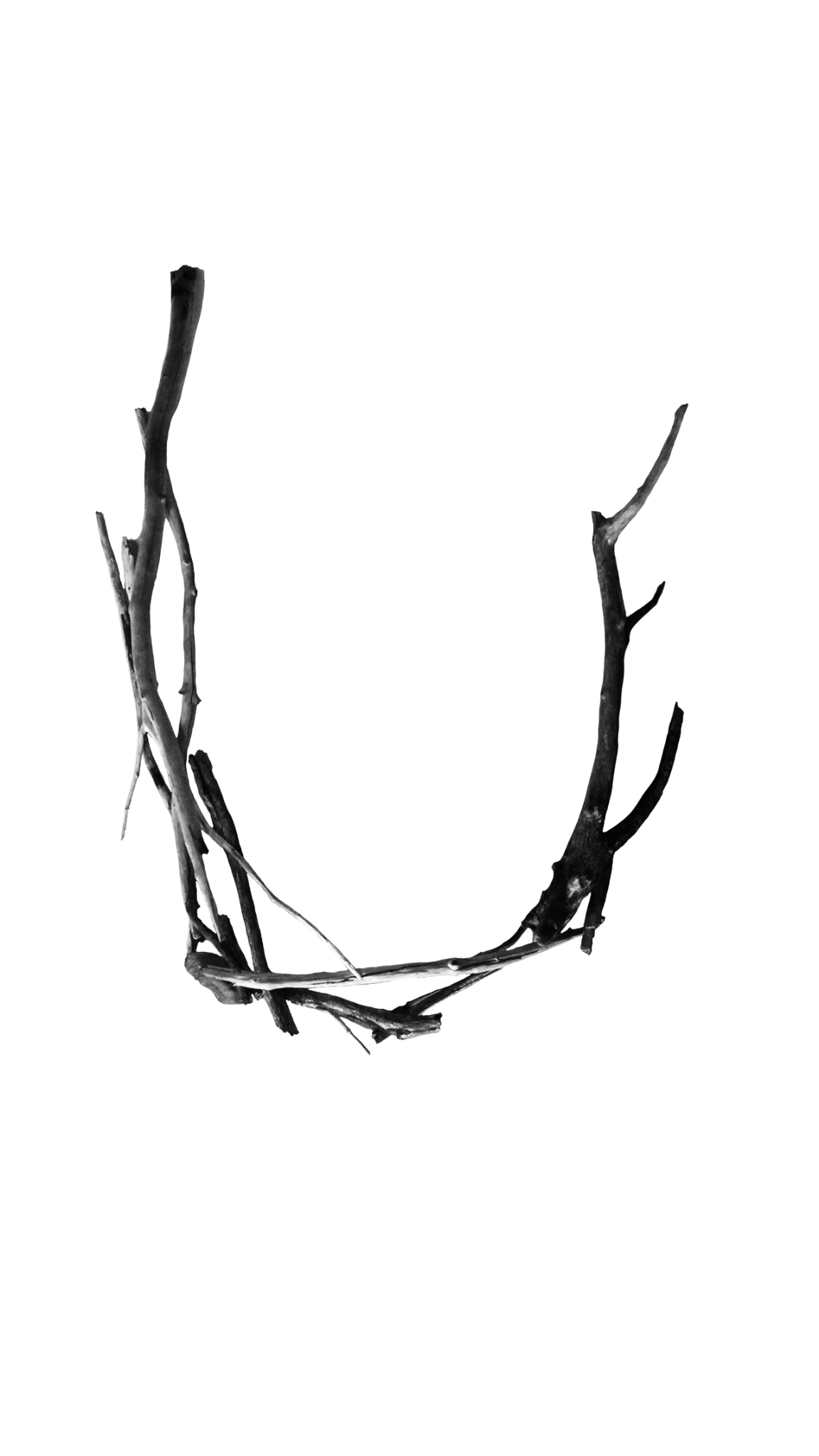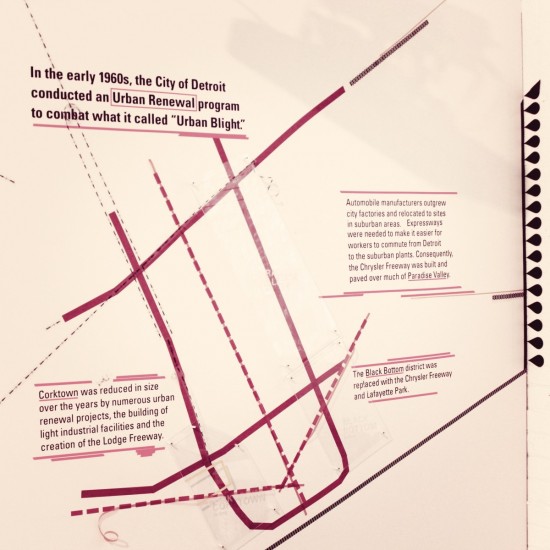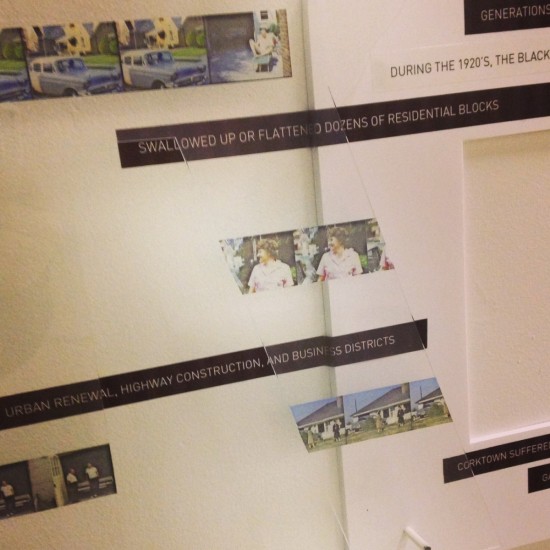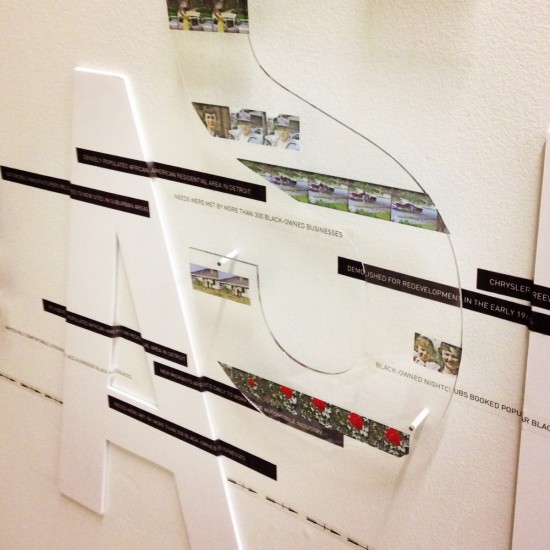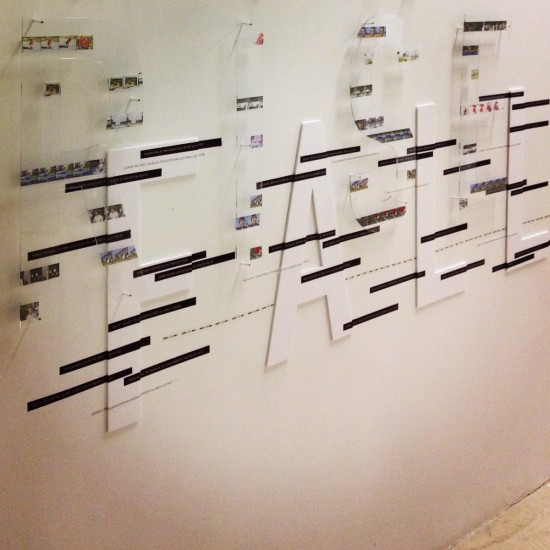“We use the experience of the past, in the present, to solve the future.” (Robert Downs)
During my first visit to the city center in Fall of 2009, it was evident that the city had seen far better days. Decaying buildings stood tall and seemed to hold a sense of pride for what they used to be before decades of abandonment and vandalism took toll on their beautiful physic. The few people I saw walking the empty streets wore the same sense of pride and struggle as the buildings that surrounded them. I also noticed something else going on, sprinkled throughout blocks of abandonment an occasional busy restaurant would be spotted and other people with a cameras would be seen taking in the odd beauty. Even a few construction cranes lined the skyline. This was just the beginning of the “revitalization” currently taking place in Detroit.
It was this first visit that sparked my fascination with the history of locations and places in Detroit. I began to investigate ways in which current residents can experience and learn about the past, present, and future of a location through interactive timelines (project site: MAP Detroit). These inquiries lead me to participate in DI/DC Detroit in February 2014. During the expedition my historical interests of the city shifted from a focus on places to a focus on people, more specifically the communities that were impacted by the urban renewal of the 50s and 60s. From this perspective I sought out to learn more about Paradise Valley and the Black Bottom neighborhoods as well as the immigrants who inhabited most of Corktown. Each of these communities contributed to the history of the city in many ways. Although I have only skimmed the surface of researching this facet of Detroit’s rich history, my work at MOCAD looks to bring awareness to museum visitors of these communities, primarily their existence and impact on Detroit’s history.
INTERRUPT
This installation reveals boundaries of the three communities prior to the urban renewal projects that took place in the 50s and 60s. Paradise Valley and the Black Bottom Neighborhood no longer exist, however a small portion of Corktown remains in existence today. Detroit’s highway system is revealed through a map to show the abrupt interruption of these boundaries. Supporting text in the installation is sourced from the Detroit Historical Society’s website.
RISE/FALL
This installation reflects on the impact of the 50s/60s urban renewal. Textual headlines sourced from the Detroit Historical Society’s website are scattered across the word “FALL”. These messages highlight social observations and urban changes that were occurring as a result of the renewal projects. Images pulled from home movies captured in suburban Detroit line the transparent word “RISE”. The juxtaposition of elements reveals a narrative of that particular point in the urban renewal of Detroit.
(Home movies are sourced from Prelinger Achive Home Movies.)
Other sources related to the topic:
When Detroit paved over paradise: The story of I-375 by John Gallagher
Detroit: The Black Bottom Community by Jeremy Williams
Detroit, Race Riots, Racial Conflicts, and Efforts to Bridge the Racial Divide by Joe T. Darden, and Richard W. Thomas
